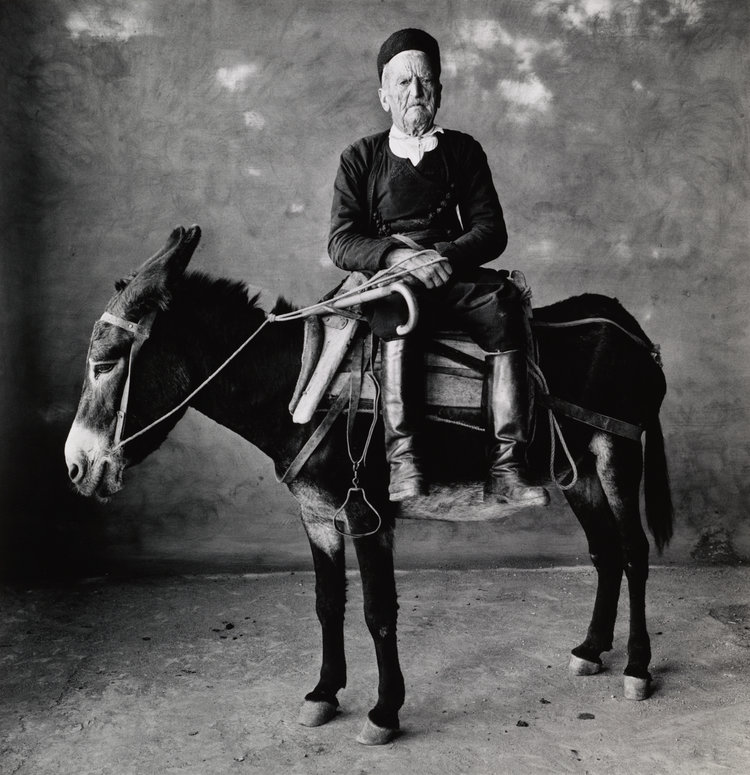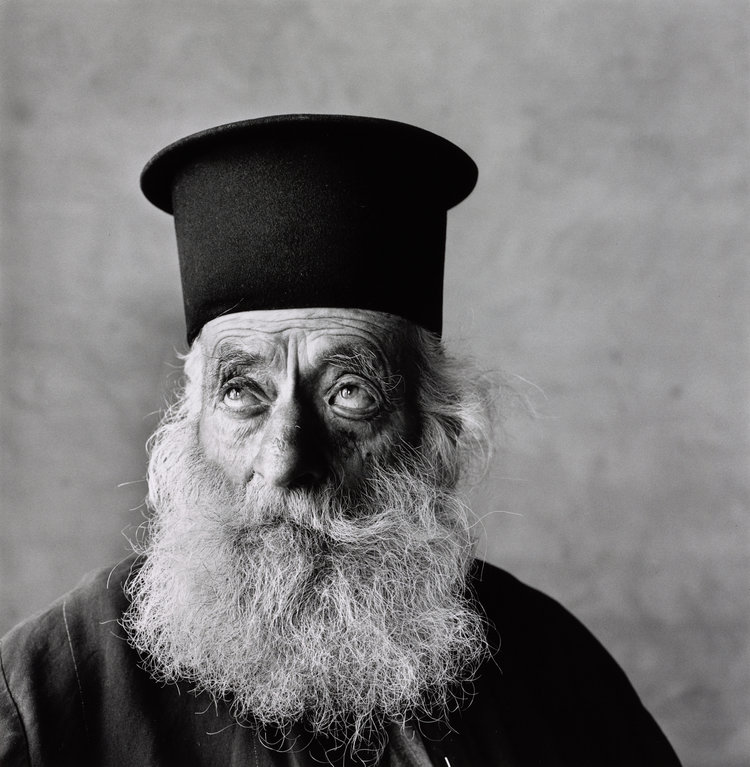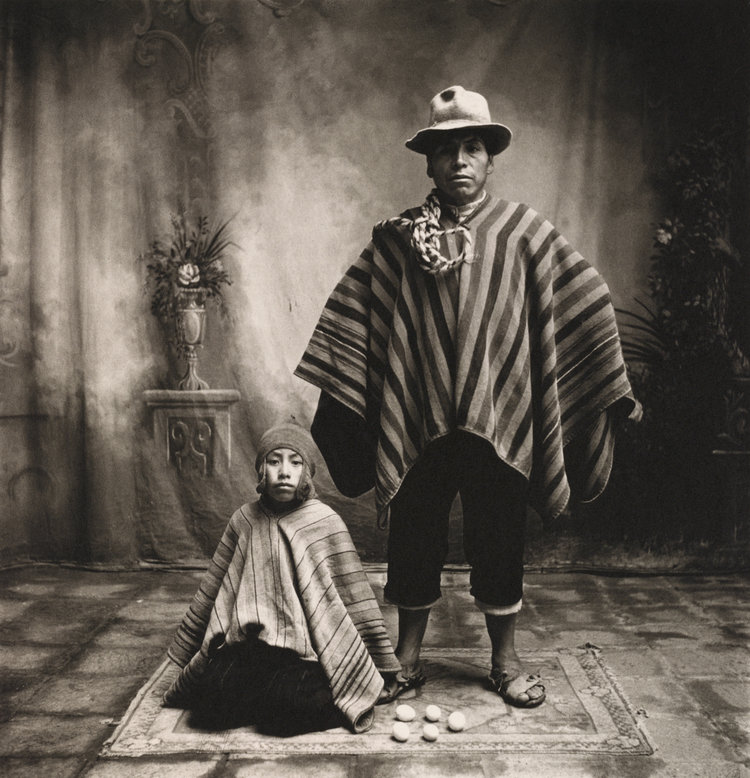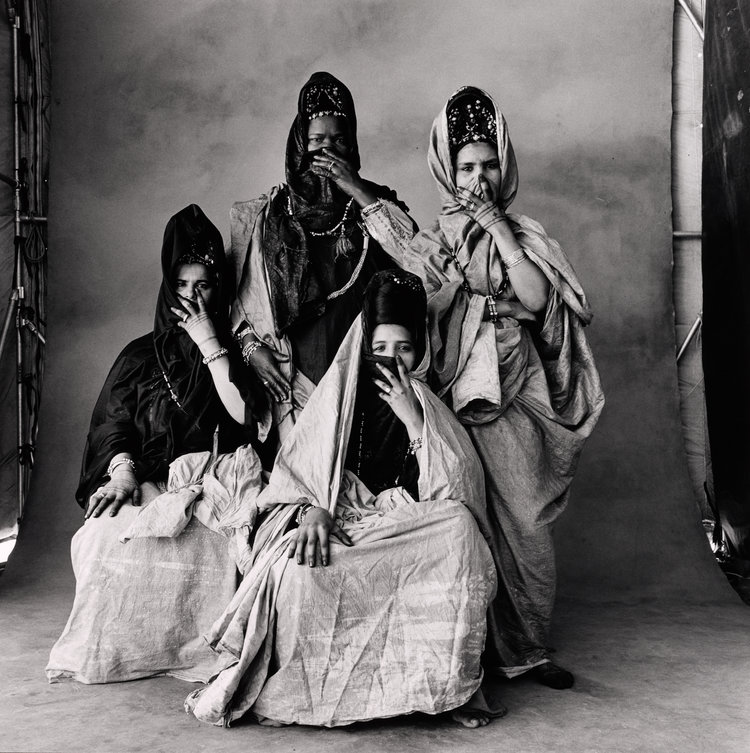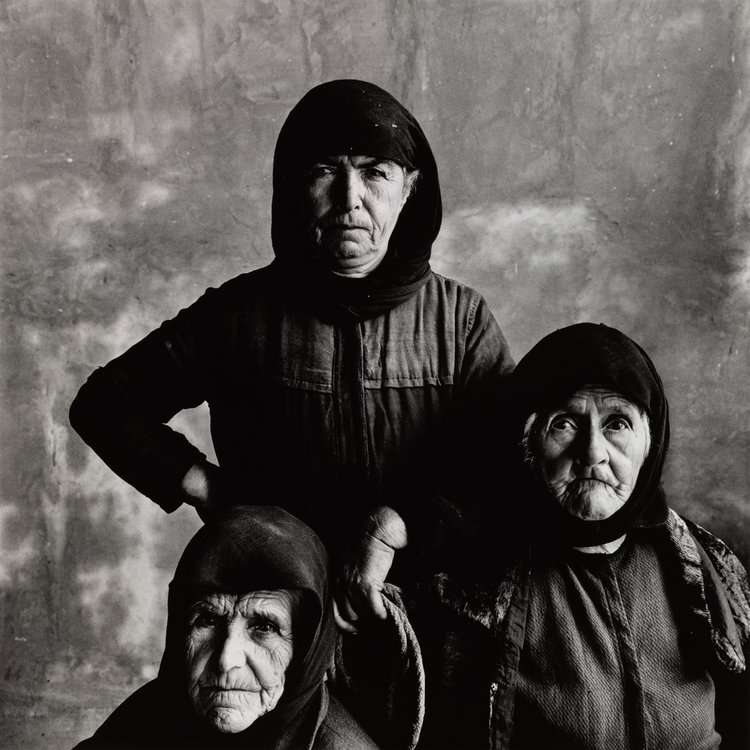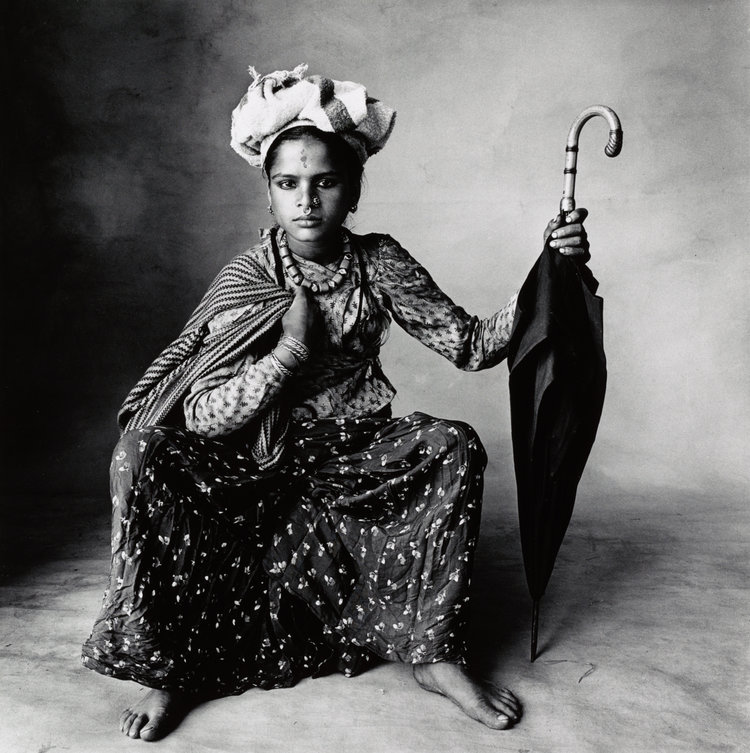PHOTO:Irving Penn- Travel Photos,Part I
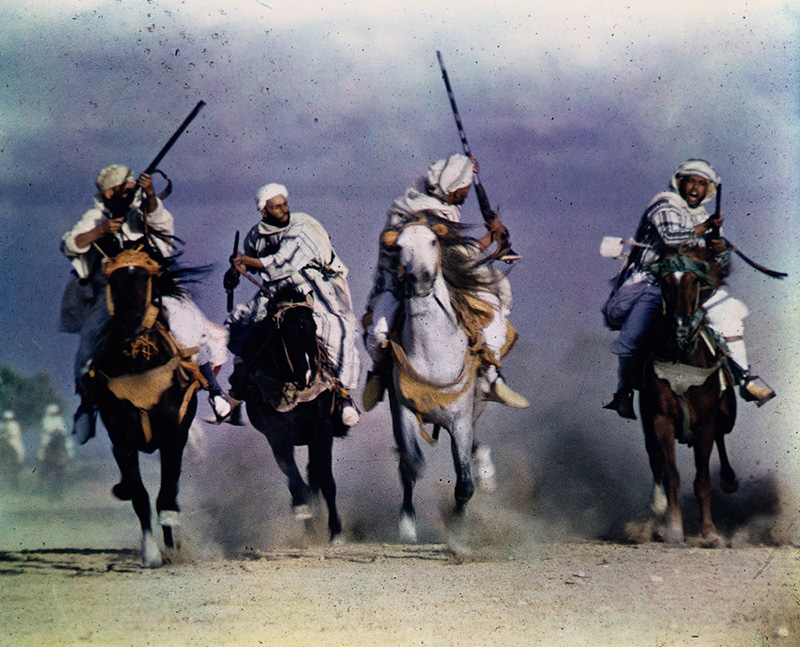 Irving Penn is best known as a fashion photographer, but above all he was an artist. While magazine work provided Irving Penn the means for travel to foreign locations, Penn dreamed about photographing peoples on the fringes of modern society, a part of his work that is less known. At a time when photography was primarily understood as a means of communication, he approached it with an artist’s eye and expanded the creative potential of the medium, both in his professional and personal work (Part II)
Irving Penn is best known as a fashion photographer, but above all he was an artist. While magazine work provided Irving Penn the means for travel to foreign locations, Penn dreamed about photographing peoples on the fringes of modern society, a part of his work that is less known. At a time when photography was primarily understood as a means of communication, he approached it with an artist’s eye and expanded the creative potential of the medium, both in his professional and personal work (Part II)
By Dimitris Lempesis
Photo: Irving Penn Foundation Archive
After finishing a fashion assignment in Lima, for Vogue in 1948, Irving Penn traveled independently to Cuzco, where he stayed for several days. He rented a studio from a local photographer that featured natural light and a simple painted curtain as its backdrop. Penn photographed rural Peruvians passing through the city over the Christmas holiday, pulling them in from the streets and paying them to sit for a portrait. Penn’s photographs show the subjects wearing their traditional clothing, and these, like his fashion photographs, reveal the texture and design of their garments. Penn rented a studio space on the island of Crete where he traveled on assignment for Vogue in 1964. The following year, Penn traveled again on assignment for Vogue to an Extremadura in Spain to photograph members of a gypsy community living there. Penn rented a barn and set up a studio inside, using the natural light filtering in from the door to his benefit. In 1967, Penn approached the editors of Look magazine with a proposal for a photo essay. Given their long professional relationship through his travel essays, the editors accepted his idea to photograph counterculture groups in San Francisco, including the Hell’s Angels motorcycle club, hippie families, and two rising rock bands. Penn rented a barn and made the studio floor and background out of concrete, which served as a neutral space that could also support the weight of the motorcycles. Following he created a portable studio-tent that gave him and his crew access to the remote locations. Penn worked closely with his subjects inside the tent studio, he carefully posed and arranged each composition by hand. In the effort to remove his subjects from the context of space and time, Penn’s ethnographic work can court stereotypes.

